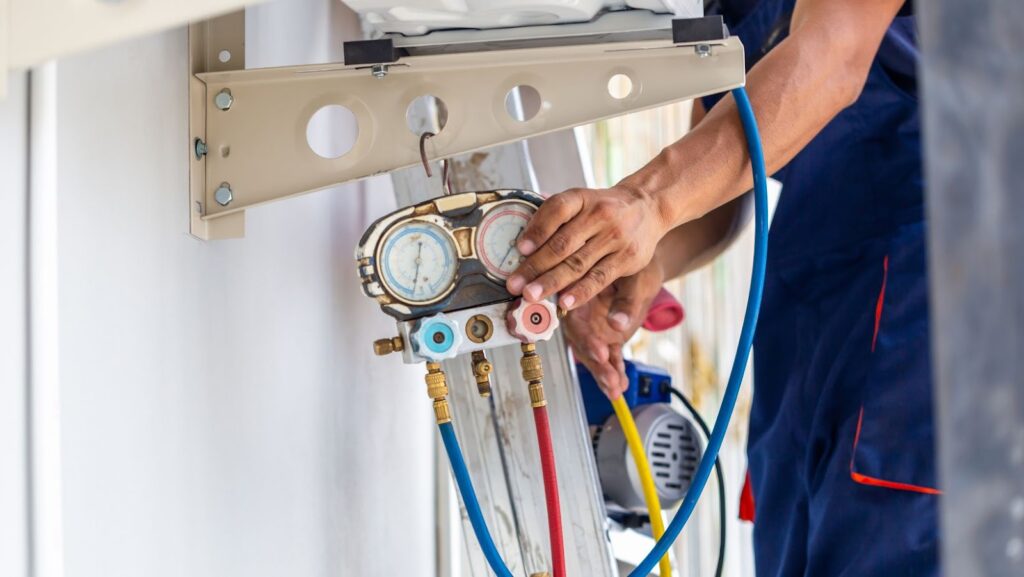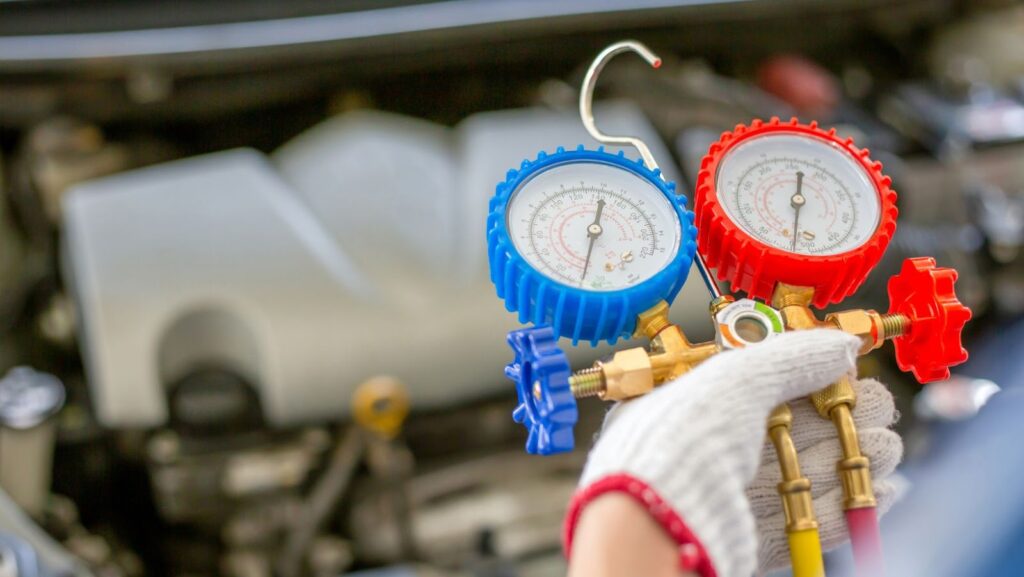Table of Contents
ToggleHow to Vacuum AC System
Are you wondering how to vacuum your AC system? Well, you’ve come to the right place! In this article, I’ll walk you through the step-by-step process of vacuuming your AC system to ensure its optimal performance. Whether you’re a seasoned DIY enthusiast or a beginner in HVAC maintenance, this guide will equip you with the knowledge and confidence to tackle this task.
Before we dive into the specifics, let’s briefly discuss why it’s important to vacuum your AC system. Over time, air conditioning systems can accumulate moisture, debris, and contaminants that can hinder their efficiency and lifespan. Vacuuming helps remove these unwanted substances and creates a clean environment for your AC system to operate effectively.
Now, let’s get down to business. The first step in vacuuming your AC system is gathering the necessary tools and equipment. You’ll need a high-quality vacuum pump, refrigerant gauges, hoses, and safety goggles. Once you have everything ready, it’s time to proceed with the actual vacuuming process.
Remember that proper handling of refrigerant is crucial for both your safety and the environment. Therefore, if you’re not confident in working with refrigerants or if there are any legal restrictions in your area regarding HVAC maintenance tasks like this one, it’s best to consult a professional technician.
Preparation for Vacuuming the AC System
When it comes to maintaining your AC system, one important task is vacuuming. Proper preparation before starting this process ensures effective results and helps prevent any potential damage. Here are some essential steps to follow in preparing for vacuuming your AC system:
- Gather the necessary tools: Before beginning, make sure you have all the required tools on hand. This may include a vacuum pump, manifold gauge set, refrigerant recovery machine, safety goggles, gloves, and a leak detection solution.
- Ensure safety: Safety should always be a top priority when working with AC systems. Before starting any work, ensure that the power supply to the unit is turned off and disconnected. Also, remember to wear appropriate protective gear such as gloves and goggles to protect yourself from harmful refrigerants or debris.
- Inspect the system: Carefully inspect the AC system for any visible signs of damage or leaks. Check hoses, seals, fittings, and connections for any cracks or wear that may affect performance.
- Recover refrigerant: If there is still refrigerant present in the system, use a refrigerant recovery machine to safely remove it according to proper guidelines and regulations.
- Disconnect components: Next, disconnect any components that may interfere with the vacuuming process such as hoses or lines connected to the compressor or evaporator coil.
- Seal off openings: To create an airtight seal during vacuuming, ensure all openings in the AC system are properly sealed using caps or plugs designed for this purpose.
- Connect gauges and pump: Connect your manifold gauge set to measure pressure levels within the system accurately. Attach one end of your vacuum pump hose to the low-pressure side of the gauge set while keeping other valves closed.
- Start evacuating: Once everything is properly connected and sealed off, it’s time to start evacuating the system. Turn on the vacuum pump and allow it to run for a sufficient amount of time, usually around 30 minutes, depending on the size of your AC system.
- Monitor pressure levels: Keep an eye on the gauge readings throughout the process to ensure that proper vacuum levels are being achieved. Aim for a vacuum level below 500 microns for optimal results.
- Complete the process: Once the desired vacuum level is reached and maintained for a period of time, close off the valves on your manifold gauge set and turn off the vacuum pump. Your AC system is now ready for further maintenance or repairs.

Gathering the Necessary Tools and Equipment
When it comes to vacuuming your AC system, having the right tools and equipment is essential. Here are some important items you’ll need to gather before getting started:
- Vacuum Pump: A high-quality vacuum pump is crucial for effectively removing moisture and air from your AC system. Look for a pump with sufficient CFM (cubic feet per minute) rating to ensure optimal performance.
- Manifold Gauge Set: This set allows you to monitor the pressure levels in your AC system while performing the vacuuming process. It consists of gauges, hoses, and valves that enable you to connect and control the flow of refrigerant.
- Refrigerant Recovery Tank: Before starting any work on your AC system, it’s important to recover any existing refrigerant safely. A recovery tank will help you store and transport the recovered refrigerant properly.
- Safety Glasses and Gloves: Working with AC systems involves handling potentially hazardous materials such as refrigerants or debris. Protect yourself by wearing safety glasses and gloves throughout the process.
- Leak Detection Kit: To ensure that your AC system is free from leaks, consider using a leak detection kit. It typically includes UV dyes or electronic leak detectors that can help

